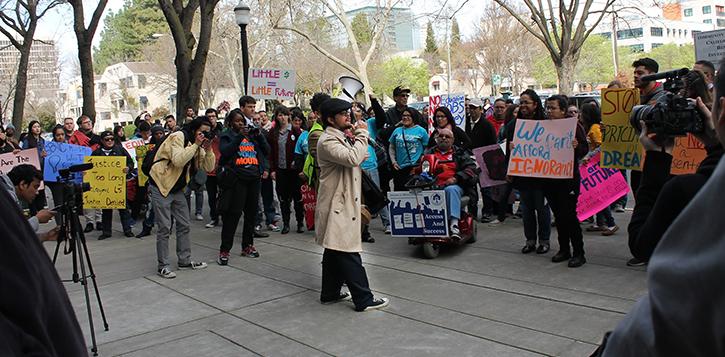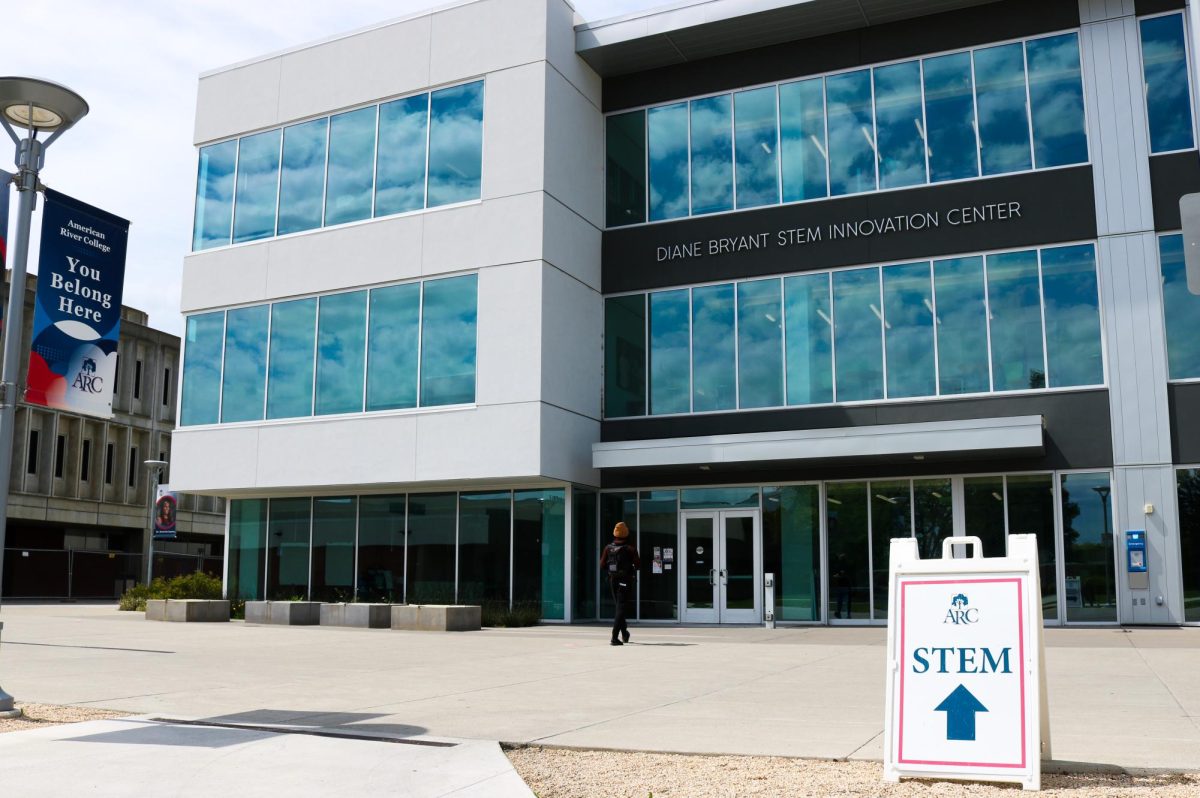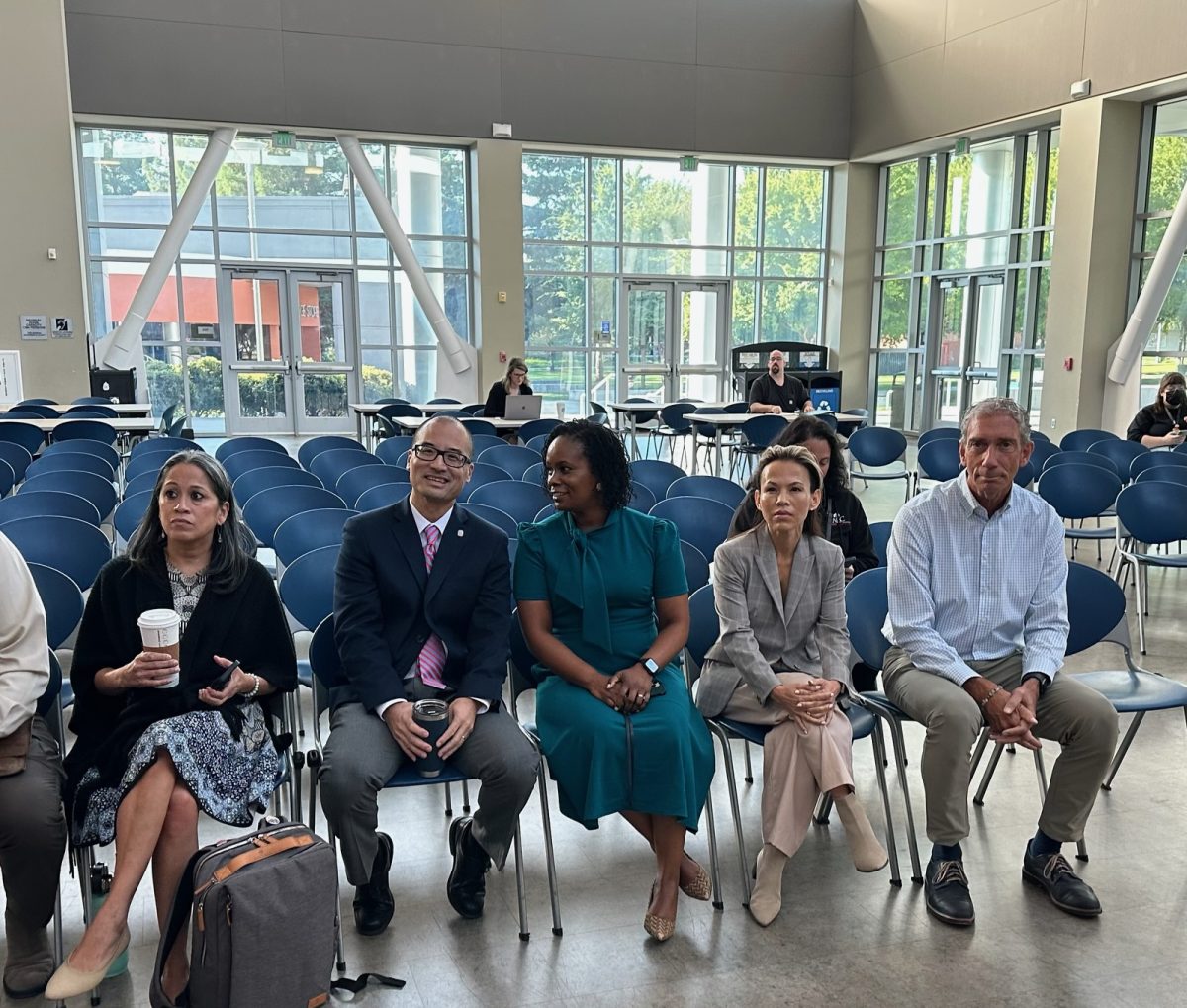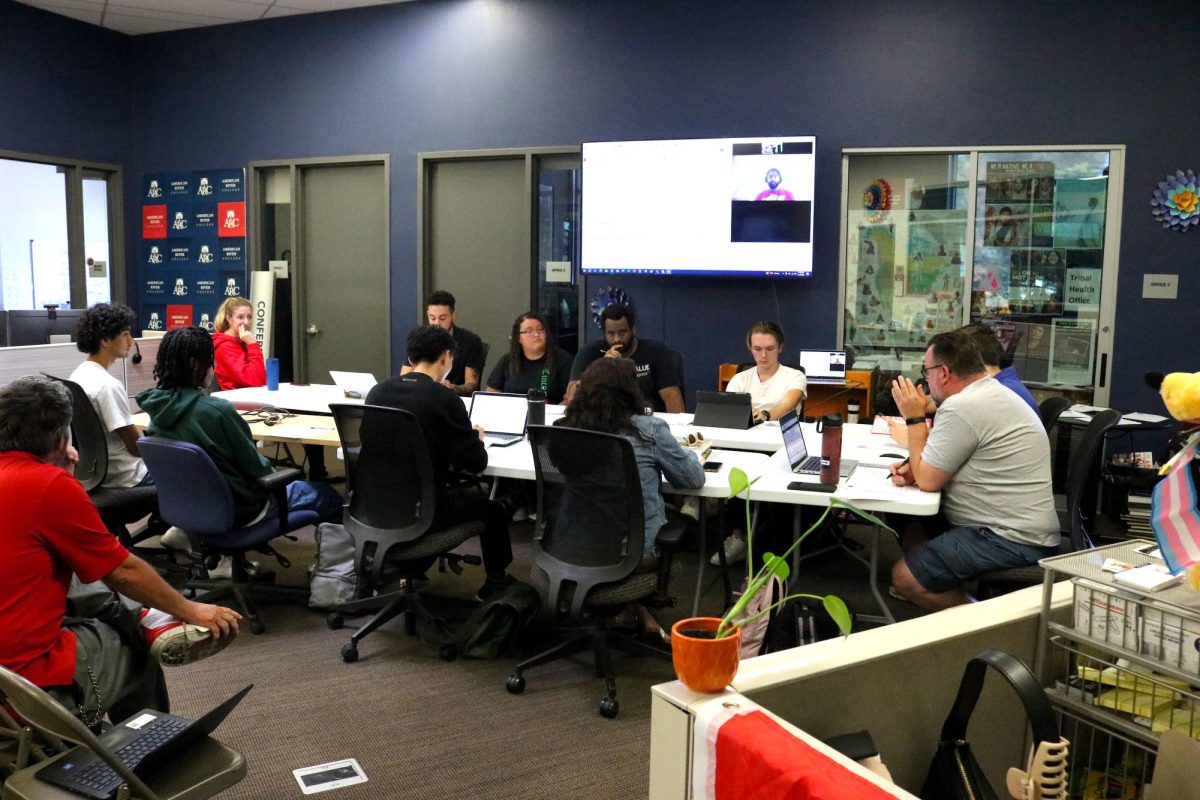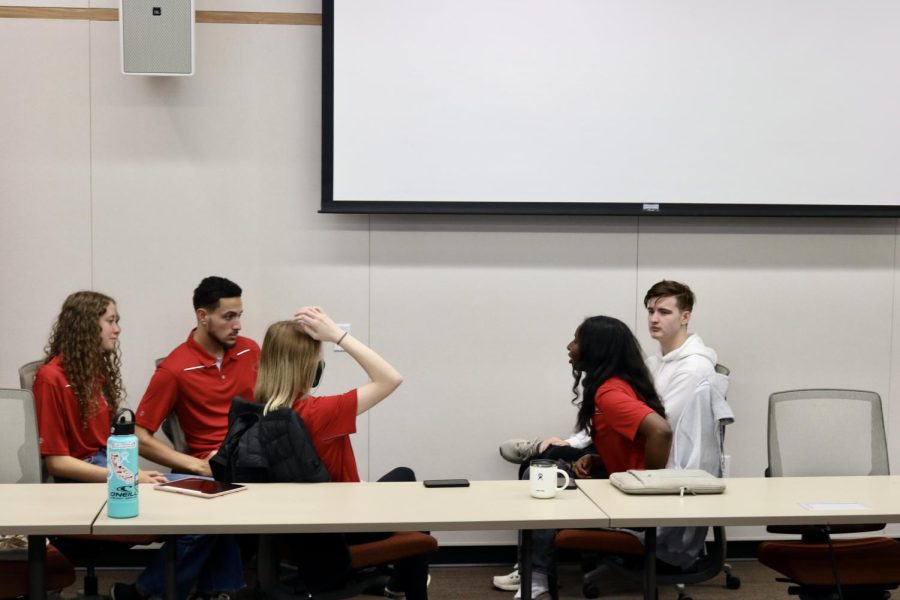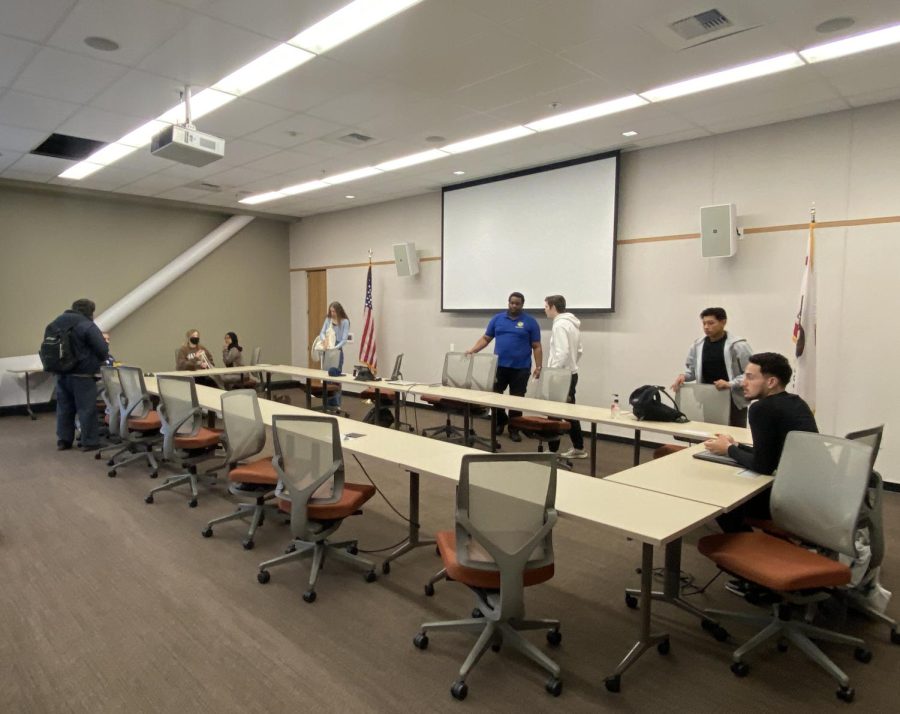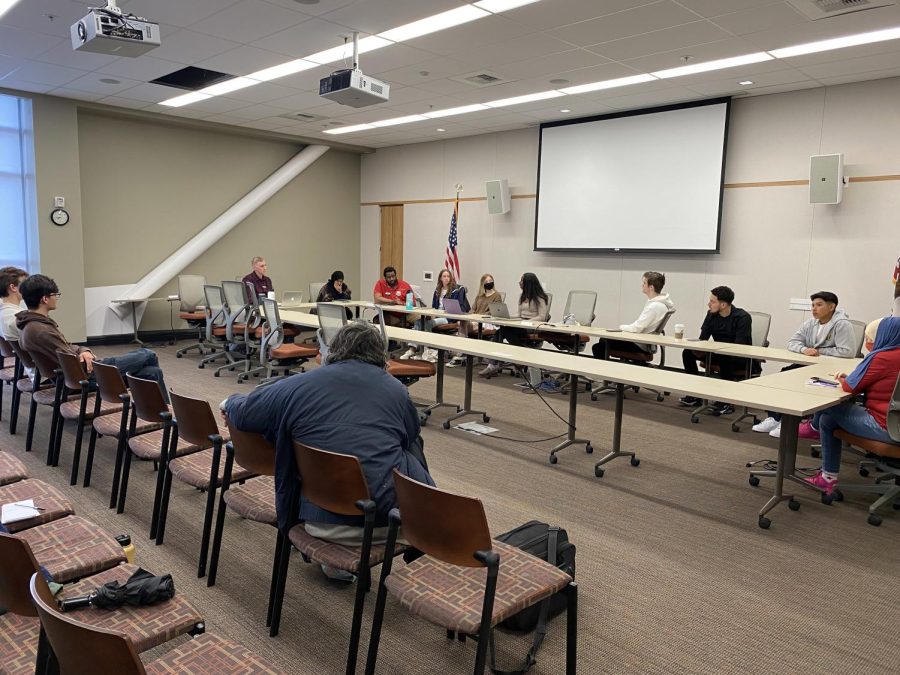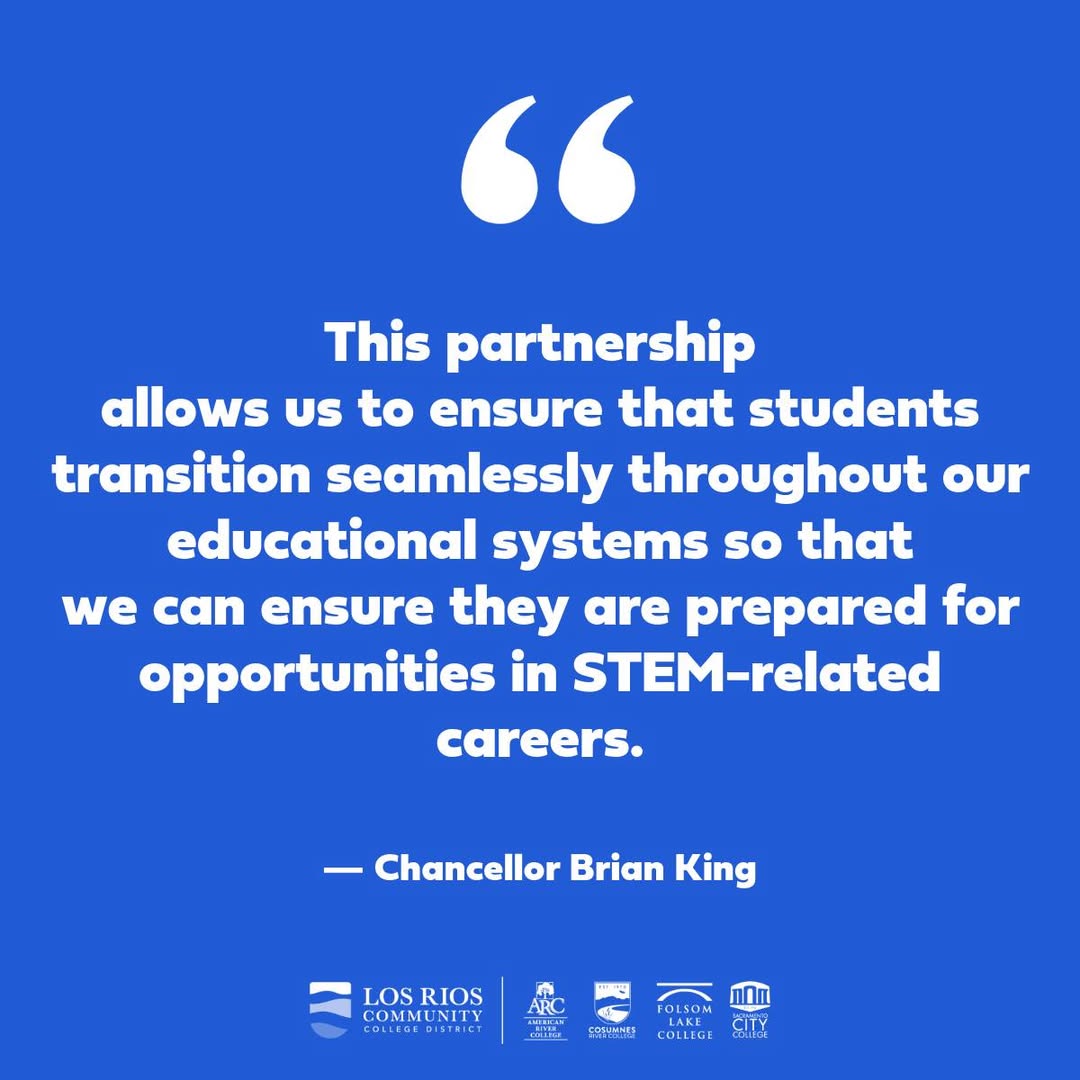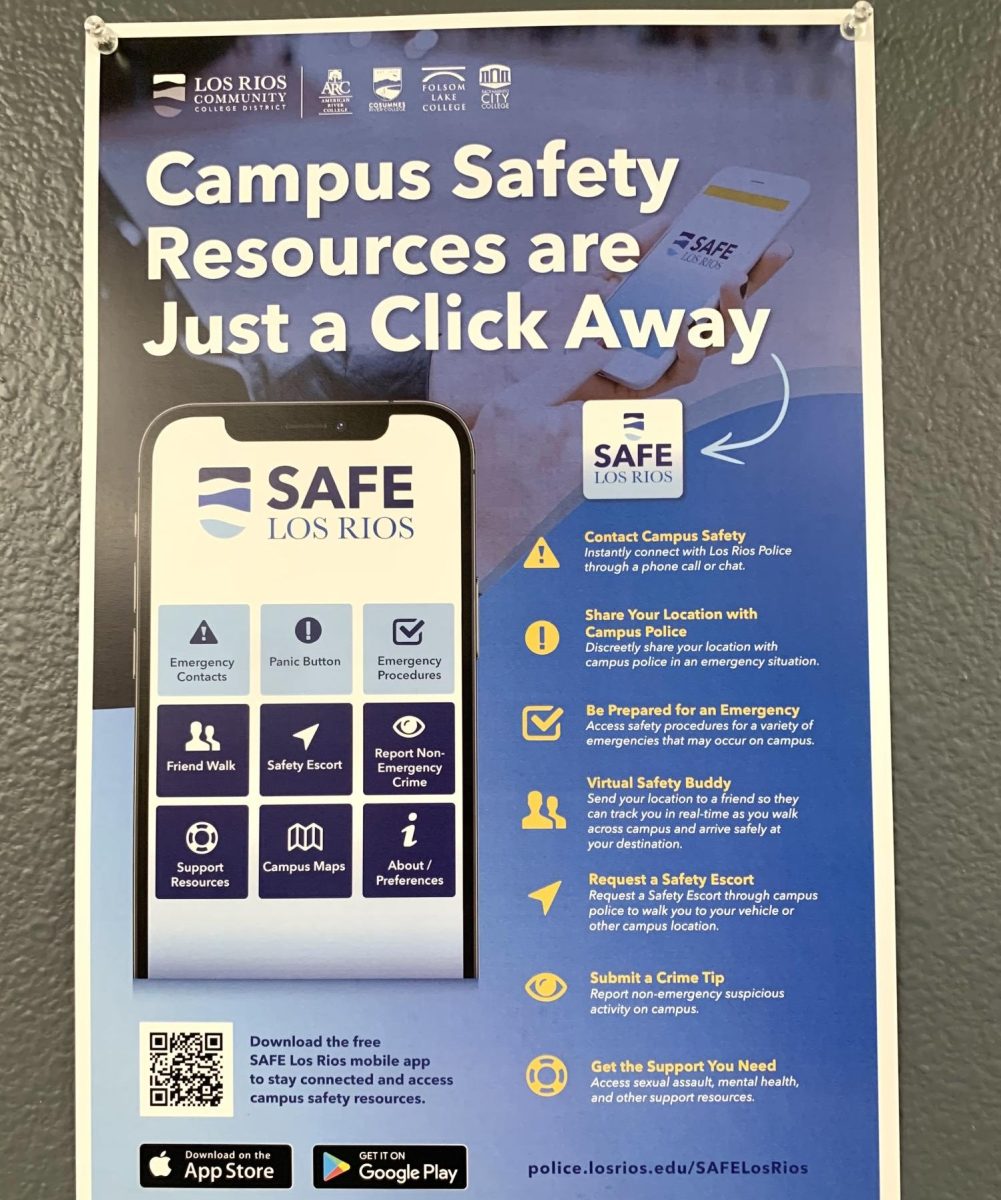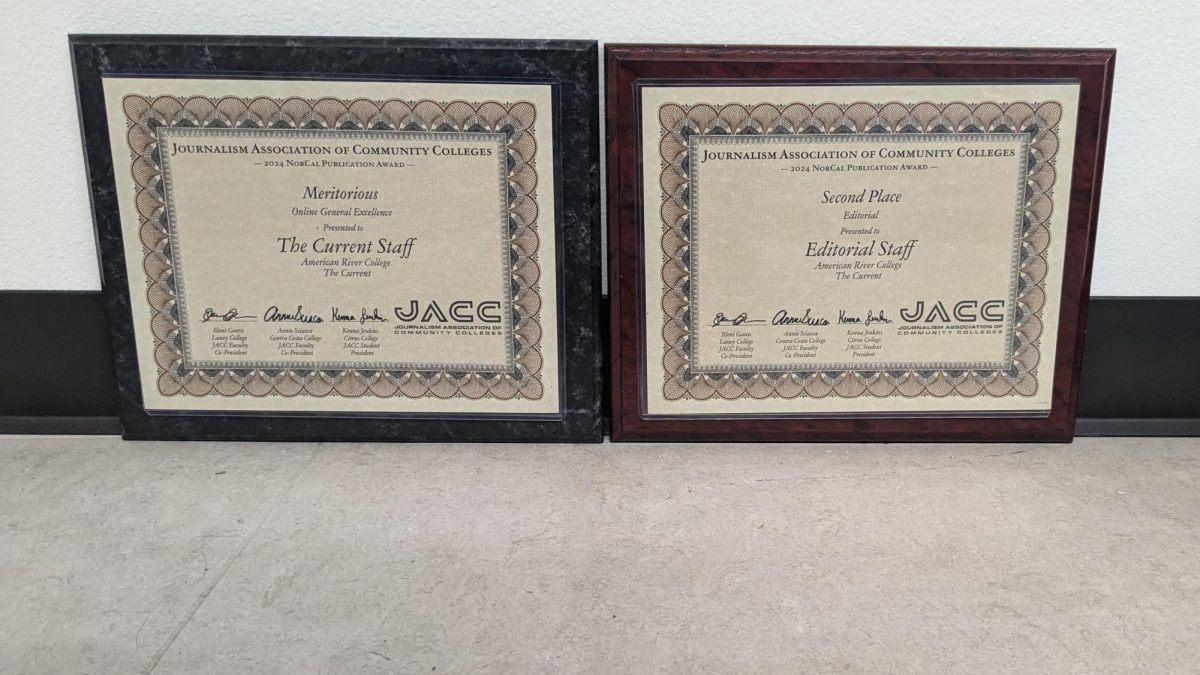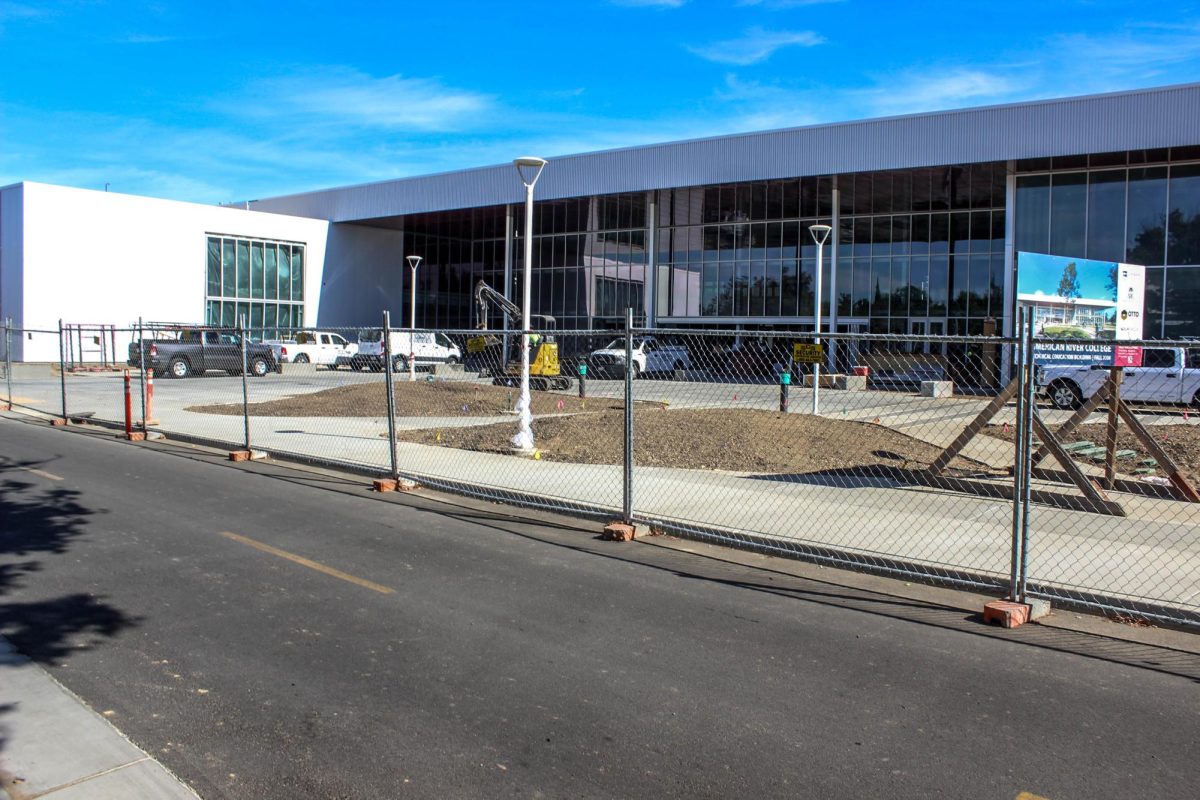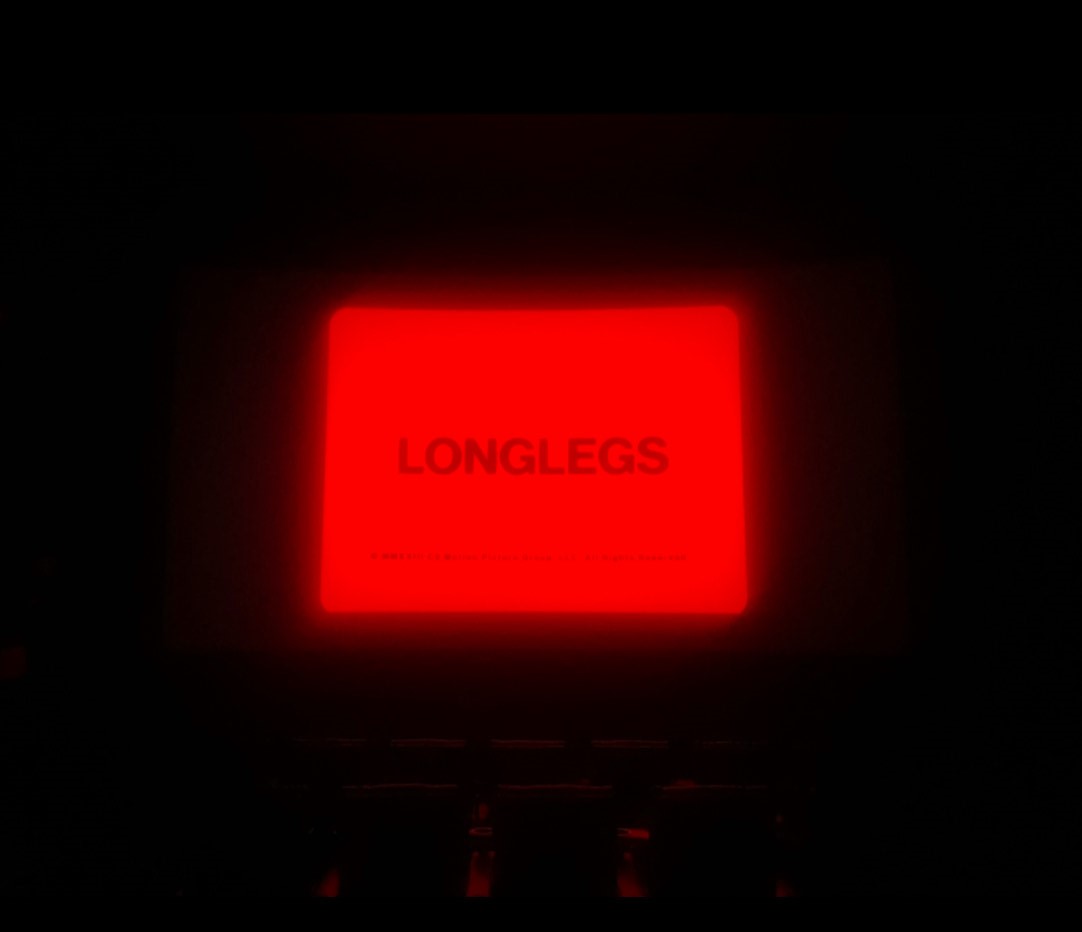The smell of marijuana and the sounds of sirens and drum beats were heavy in the air as about one hundred protesters assembled at the capitol for the annual March in March rally Monday.
Coordinated by the Student Senate for California Community Colleges, the March in March is an annual demonstration held downtown where students from up and down the state protest about community college issues.
Several students displayed their home made signs and banners on the west steps of the state capitol building. Some had never been to Sacramento or northern California before.
“It’s definitely much bigger than I thought,” said Dominique Campbell, a student from Los Angeles Southwest College. “The history of it is cool, and I (had) never been to Sacramento to see all the government buildings, so its fun.”
Students from San Bernardino Valley College were among the first to arrive, and drove through the night to reach Sacramento in time for the rally.
“We left around midnight and barely got here,” said Mario Aguayo, a San Bernardino student.
“We want to make college a lot cheaper,” said Emily Campos, also from San Bernardino Valley College.
According to Tamara Dunning, who is acting as American River College Associated Student Body Student Senate president, 23 students checked in at the ARC booth as having attended the event.
While this number is up from 2014 – when only 10 ARC students attended – the total number of students from around the state attending the demonstration was visibly down from previous years. The event has been held at an annual basis since 2009.
Students who gathered at the capitol’s west steps facing the Tower Bridge marched along sidewalks south to the California Community College Chancellor’s office.
A microphone was set up and several students of diverse backgrounds spoke passionately about reaching out to other students in need of a voice.
The most pressing topic for most was the need for affordable education for low-income individuals.
Ricardo Rivera was among the protesters who lamented the troublesome circumstances of low-income school districts.
“What am I going to be able to tell my children when they can’t go to school, because of money, and they tell me, ‘why didn’t I do something? why didn’t I act?’ That’s the reason I’m here: (because) if we don’t do something, no one from where I’m from will get an education.”
Once the open-mic session ended, the demonstrators returned to the capitol steps to hear speeches from students including some involved in the SSCCC.
Dunning, who supported ARC’s student senate’s move to spend up to $17,000 on this year’s march, was disappointed that the protest march along Capitol avenue had been cancelled and said she felt this year’s event had been poorly planned.
“I got an e-mail from Omar Paz, the president of the SSCCC, and he admitted they had dropped the ball,” said Dunning. “They said they’d have a march if ARC would facilitate it. We hadn’t even discussed it with them.”


